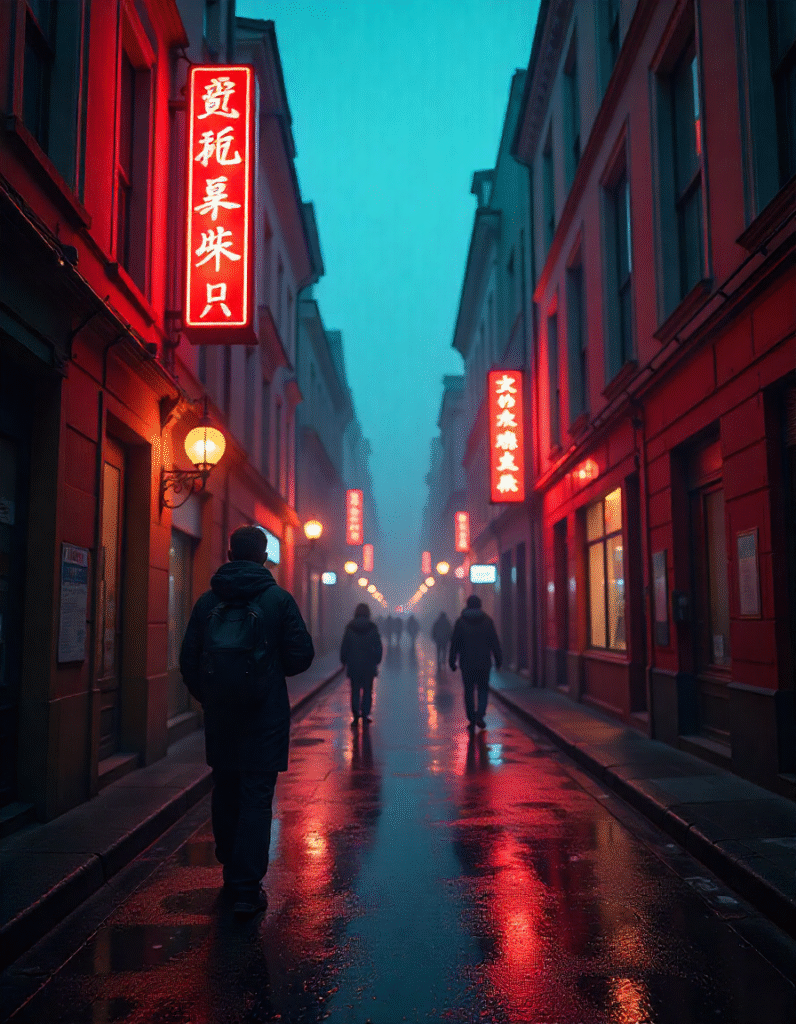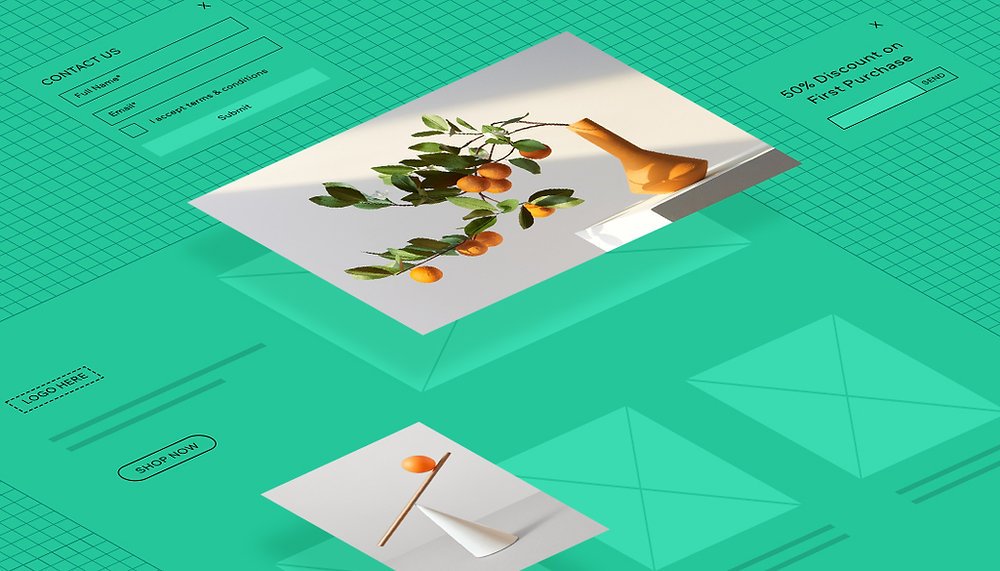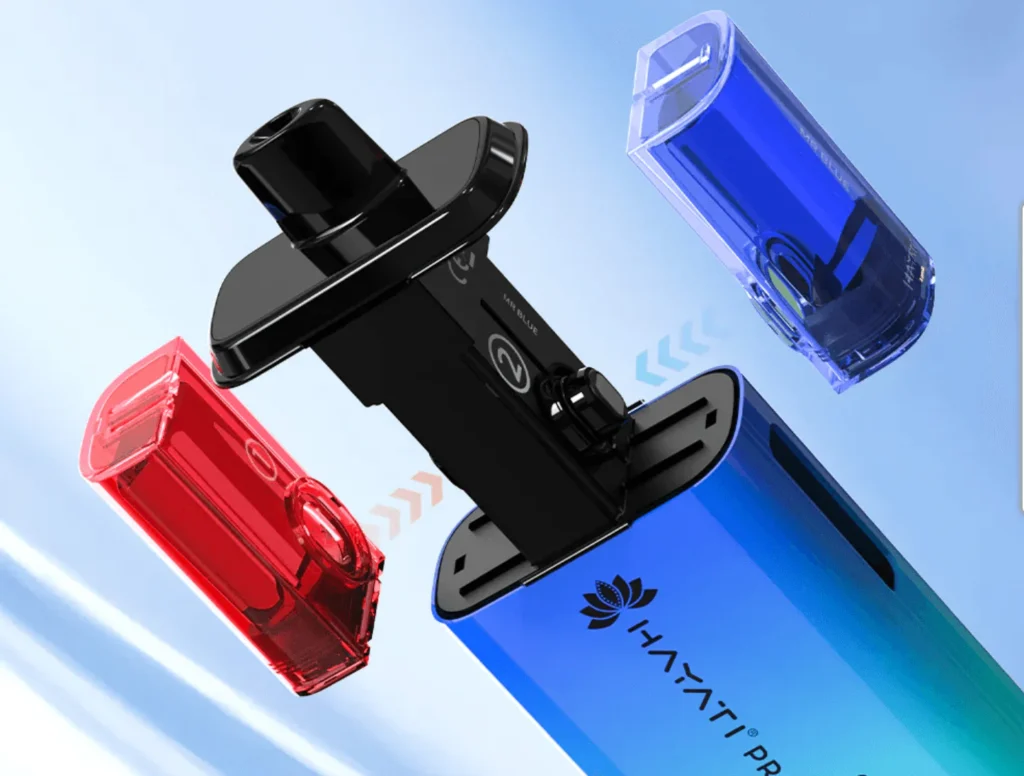The First Impression: Defining Modern Web Design
In the digital age, a website is more than just a collection of pages; it is the digital front door to a business, the global portfolio for an artist, and the primary platform for information exchange. At the heart of creating a successful online presence lies Web design. This discipline encompasses far more than simply making a website look aesthetically pleasing. It is a multifaceted process that involves planning, conceptualizing, and arranging content online. Modern web design integrates a variety of elements, including graphic design, user interface (UI) design, user experience (UX) design, search engine optimization (SEO), and content creation. The ultimate goal is to create a website that is not only visually engaging but also intuitive, functional, and effective at achieving its specific business or communication objectives.
Transitioning to its core components, effective web design is a careful balance between form and function. On one hand, it utilizes visual principles such as color theory, typography, layout, and imagery to create a compelling and brand-consistent aesthetic. These visual elements work together to capture attention, convey a mood, and build brand recognition. On the other hand, web design is deeply rooted in functionality. This involves creating a logical structure, intuitive navigation, and clear calls-to-action that guide users seamlessly through the site. A well-designed website anticipates user needs, making it easy for visitors to find information, complete a purchase, or get in touch. Therefore, web design is both an art and a science, requiring a blend of creative talent and analytical thinking to build digital experiences that resonate with users and drive measurable results.
The User-Centric Blueprint: Principles of User Experience (UX)
While the visual appeal of a website is immediately noticeable, the underlying structure that governs user interaction is arguably more critical to its success. This foundation is known as User Experience (UX) design, a fundamental pillar of modern Web design. UX design focuses on the overall feel a user has when interacting with a website. It is a human-first approach that prioritizes the user’s needs, goals, and pain points throughout their entire journey on the site. A positive user experience is one that is seamless, efficient, and satisfying, leading to higher engagement, increased conversions, and stronger customer loyalty. Conversely, a poor UX—characterized by confusing navigation, slow load times, or a complicated checkout process—will frustrate visitors and drive them away, often to a competitor’s site.
Transitioning to the practical application of UX principles, designers employ several key strategies to create user-centric websites. This process often begins with user research, which can include surveys, interviews, and user testing to gain deep insights into the target audience’s behaviors and preferences. This research informs the creation of user personas and user journey maps, which help designers visualize and empathize with the user’s path through the site. Information architecture is then developed to organize content in a logical and intuitive manner, often visualized through sitemaps and wireframes. Wireframes are basic, low-fidelity layouts that focus on structure and functionality, stripping away visual design to concentrate on the user flow. Prototyping then brings these wireframes to life as interactive models, allowing for usability testing before a single line of code is written. By rigorously applying these UX principles, web designers can create websites that are not just usable, but truly enjoyable for the visitor.
The Visual Interface: Elements of User Interface (UI) Design
If User Experience (UX) is the blueprint for a website’s functionality, then User Interface (UI) design is the architectural styling that brings it to life. UI design is the process of designing the visual and interactive elements of a website, focusing on aesthetics and the direct interaction between the user and the product. It encompasses everything a user sees, hears, and interacts with on the screen, including buttons, icons, typography, color schemes, spacing, images, and responsive design for different devices. The primary goal of UI design within Web design is to create an interface that is not only beautiful and brand-aligned but also intuitive and easy to navigate. A well-executed UI guides the user’s eye, communicates important information, and makes interacting with the digital environment feel natural and effortless.
Transitioning to the specific elements that constitute UI design, each component plays a crucial role in the overall user experience. Color and typography are foundational; a carefully chosen color palette can evoke specific emotions and reinforce brand identity, while readable and well-styled typography ensures content is accessible and pleasant to consume. Layout and spacing are equally important, as they create visual hierarchy, directing the user’s attention to the most important information and actions. Interactive elements like buttons, forms, and menus must be designed to be clear, consistent, and provide visual feedback when a user interacts with them. For instance, a button might change color when hovered over to indicate it is clickable. Furthermore, with the majority of web traffic now coming from mobile devices, responsive UI design is non-negotiable. This approach ensures that a website’s layout and elements adapt fluidly to provide an optimal viewing and interaction experience across a wide range of screen sizes, from desktops to smartphones. A masterful UI designer weaves all these elements together to create a cohesive, engaging, and functional digital interface.
The Technical Underpinning: How Design Meets Development
A beautifully designed website exists as a concept until it is brought to life through code. The intersection of Web design and web development is where the visual and experiential plans are translated into a functional, live website. This process requires a close collaboration between designers and developers to ensure the final product accurately reflects the original vision while being technically sound and performant. Designers typically create their layouts and graphics in design software like Figma, Sketch, or Adobe XD. These design files are then handed off to developers, who use programming languages like HTML (HyperText Markup Language), CSS (Cascading Style Sheets), and JavaScript to build the site. HTML provides the fundamental structure of the content, CSS is used for styling the visual presentation, and JavaScript adds interactivity and dynamic behavior.
Transitioning to the practical workflow, this handoff can be a critical phase. To ensure a smooth transition, modern design tools often allow designers to provide developers with style guides, asset libraries, and even code snippets. This helps maintain consistency and reduces misinterpretation. The developer’s role is to write clean, efficient code that not only renders the visual design accurately across different web browsers but also ensures the website is fast, secure, and accessible. Web accessibility, or a11y, is a crucial consideration, ensuring that people with disabilities can use the website. This involves using semantic HTML, providing alternative text for images, and ensuring the site is navigable via keyboard. Furthermore, developers work on optimizing the website’s performance by compressing images, minifying code, and leveraging browser caching. This technical optimization is vital, as slow-loading websites lead to high bounce rates and poor search engine rankings. The seamless integration of thoughtful design and solid development is what creates a professional, high-performing website.
The Ever-Evolving Landscape: Current and Future Trends in Web Design
The field of Web design is in a constant state of evolution, driven by changes in technology, user behavior, and cultural aesthetics. Staying abreast of current trends is essential for designers and businesses alike to ensure their online presence feels modern and relevant. One of the most prominent recent trends is the move toward minimalism and maximalism as two opposing, yet popular, approaches. Minimalist design emphasizes simplicity, with ample white space, limited color palettes, and a focus on essential content and functionality. This approach creates a clean, fast-loading, and user-friendly experience. Conversely, maximalism embraces bold colors, complex layouts, and rich visual elements, creating a vibrant, expressive, and memorable brand experience. Both approaches, when executed well, can be highly effective depending on the brand’s personality and target audience.
Transitioning to technological influences on design, the rise of artificial intelligence (AI) and machine learning is beginning to shape the future of web design. AI-powered tools are now capable of generating layout suggestions, optimizing user flows, and even personalizing the user experience in real-time based on user behavior. Another significant trend is the increasing importance of immersive and interactive experiences. This includes the use of micro-interactions—subtle animations that provide feedback and enhance the sense of direct manipulation—as well as more advanced technologies like Augmented Reality (AR) and Virtual Reality (VR) being integrated into web experiences. Voice User Interface (VUI) is also emerging as a key consideration, with more users interacting with websites and apps through voice commands. As technology continues to advance, the role of the web designer will expand to encompass these new mediums, requiring a broader skill set and a forward-thinking approach. For businesses looking to establish a powerful and future-proof online presence, partnering with experts in Web design is crucial to navigating this complex and ever-changing digital landscape.




















